A signal generator is a device that provides electrical signals at a variety of frequencies, waveforms, and output levels. Used as a signal source or excitation source for testing when measuring the amplitude characteristics, frequency characteristics, transmission characteristics, and other electrical parameters of various telecommunication systems or telecommunication devices, as well as measuring the characteristics and parameters of components. Signal generators, also known as signal sources or oscillators, have a wide range of applications in production practice and technology. Various waveform curves can be represented by trigonometric equations. A circuit capable of generating a variety of waveforms such as a triangular wave, a sawtooth wave, a rectangular wave (including a square wave), and a sine wave is called a function signal generator.
Also known as a signal generator, it is used to generate an electrical test signal for the specific parameters required by the circuit under test. When testing, researching or adjusting electronic circuits and equipment, in order to determine some electrical parameters of the circuit, such as measuring frequency response, noise figure, voltmeter degree, etc., it is required to provide electrical signals in accordance with the specified technical conditions to simulate in practice. The excitation signal of the device under test used in the work.
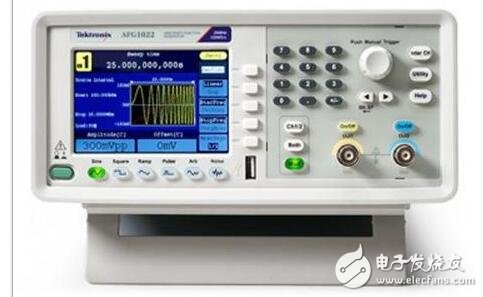
When a steady-state characteristic measurement of the system is required, a sinusoidal signal source of known amplitude and frequency is used. When testing the transient characteristics of the system, a rectangular pulse source with a known leading edge time, pulse width and repetition period is used. And the parameters of the signal source output signal, such as frequency, waveform, output voltage or power, can be precisely adjusted within a certain range, with good stability and output indication.
The signal source can be divided into four categories: sine wave signal generator, rectangular pulse signal generator, function signal generator and random signal generator according to different output waveforms. The sinusoidal signal is the most widely used test signal. This is because the method of generating a sinusoidal signal is relatively simple, and it is convenient to measure with a sinusoidal signal. The sinusoidal signal source can be divided into several types according to the working frequency range.
How the signal generator works:Principle of the signal generator: The system includes a main vibration level, a main oscillator output adjustment potentiometer, a voltage amplifier, an output attenuator, a power amplifier, an impedance converter, and an indicator voltmeter. The main vibration level generates a low-frequency sinusoidal oscillation signal, which is amplified by a voltage amplifier to meet the voltage output amplitude requirement. The output attenuator can directly output the voltage, and the main vibration output adjusts the potentiometer to adjust the output voltage.
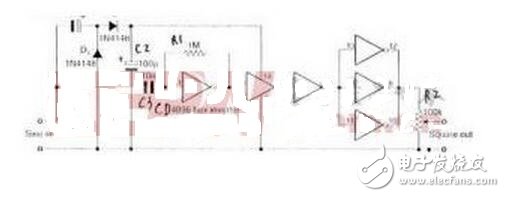
As shown, the circuit is an adaptive square wave generator consisting of a six-inverter CD4096. When the input terminal inputs a small signal sine wave, the signal is transmitted in two ways, one of the paths C1, D1, D2, C2 loops, completes the rectification voltage multiplication function, provides working power to CD4096; another path capacitance C3 is coupled, enters CD4096 The input of an inverter completes the signal amplification function. The amplified signal is processed by the gate circuit of the subsequent stage, converted into a square wave and output through the 12, 8, and 10 pins of the CD4096. The output R2 is an adjustable resistor to ensure that the output signal is adjustable from 0 to 1.25V.
Classification of signal generators:According to the output frequency, the signal generator can be divided into ultra-low frequency signal generator, low-frequency signal generator, high-frequency signal generator, ultra-high frequency signal generator and video signal generator; according to different waveforms, it can be divided It is a sine wave signal generator, a pulse signal generator, a function signal generator, etc.; according to different modulation modes, it can be divided into frequency modulation, amplitude modulation, phase modulation and pulse modulation signal generator. In addition, there are signal generators that can generate multiple waveforms.
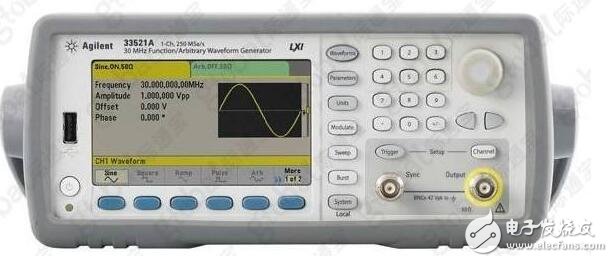
The low frequency signal generator is an instrument used to generate a standard low frequency sine wave signal. Therefore, it should meet the following requirements.
1 The output waveform should be as close as possible to the sine wave, and the nonlinear distortion should not exceed 1% to 2%.
2 The amplitude of the output signal should not vary with frequency over the entire frequency range produced by the signal generator.
3 The signal frequency can be continuously adjusted or continuously adjusted in a certain range, and the output frequency should have high stability and accuracy.
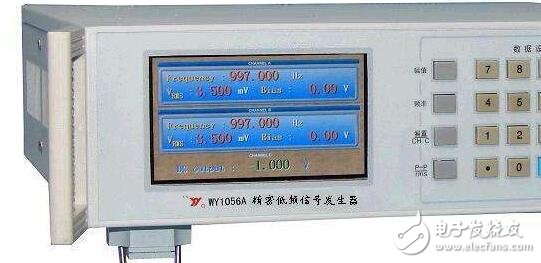
4 The output signal voltage should be continuously adjustable and the output voltage value can be accurately read.
(2) High-frequency signal generator The high-frequency signal generator can output a sine wave voltage or power and an amplitude-modulated wave voltage or power. The frequency range of the signal is generally above a few hundred kilohertz. At present, high-frequency signal generators are generally divided into two categories: ordinary high-frequency signal generators and ultra-high-frequency signal generators. The common high-frequency signal generator has a frequency range of 100 kHz to 50 MHz, and the ultra-high frequency signal generator has a frequency range of 10 to 350 MHz. The high frequency signal generator should have the following properties.1 The high-frequency signal generator instrument itself should adopt strict shielding measures to ensure that the internal signal of the instrument does not leak to the outside, and at the same time ensure that the external signal does not interfere internally.
2 The output frequency of the signal should have high stability and accurate frequency fine-tuning device.
3 The amplitude change of the signal output is less affected by the change of the signal frequency.
How to use the signal generator:First, turn on the power, the switch indicator light is displayed.
Second, choose the appropriate signal output form (square wave or sine wave).
3. Select the frequency range of the desired signal, press the corresponding gear level switch, and adjust the trimmer appropriately. At this time, the data indicated by the trimmer is multiplied by the data of the gear stage to the actual output signal frequency.
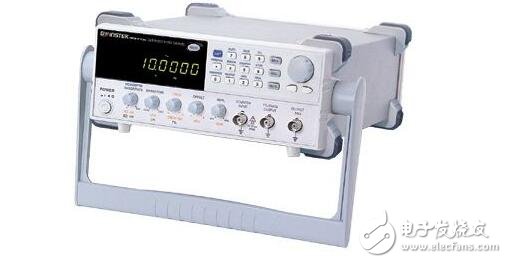
Fourth, adjust the power amplitude of the signal, properly select the attenuation level switch to obtain the signal of the required power.
5. Distinguish the positive and negative connection signal output plug wires from the output terminal.
How to choose the signal generator that suits you:In electronic testing and measurement, a signal source is usually required to generate a signal that is only available from the outside. Below is a list of common features you might want to consider when choosing a signal generator for your application.
First, the sampling (clock) rateThe sampling rate is usually expressed in millions of samples per second or gigasamples per second, indicating that the instrument can run.
Maximum clock rate or sample rate. The sampling rate affects the frequency of the main output signal. In general, you should choose an instrument with a sampling frequency that is twice the highest spectral frequency component of the generated signal to ensure accurate signal reproduction. The maximum sample rate also determines the minimum time increment that can be used to create a waveform. In the typical case, this number is calculated using the following formula: T = 1/F, where T is the timing resolution in seconds and F is the sampling rate.
Second, the memory depth (record length)Memory depth or record length plays an important role in signal fidelity because it determines how many data points can be stored to define a waveform. The deeper the memory, the more detailed the stored waveforms and the higher the number of cycles in which the desired waveform is stored.
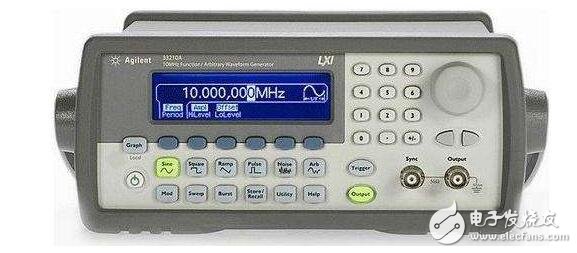
The vertical resolution is related to the binary word length of the instrument DAC, expressed in bits. The higher the number of bits, the higher the resolution. The vertical resolution of the DAC determines the amplitude accuracy and distortion of the reproduced waveform. Although the higher the better, most arbitrary waveform instruments have an overall compromise because the higher the resolution, the lower the sample rate.
Fourth, features and functionsSome signal generators offer a range of features and output functions. When selecting a signal generator, you should also evaluate the standard waveform, modulation function, output amplitude, and waveform editing software to ensure that the instrument meets your needs.
Patent Vape,E-Cigarette Vape Pens,E-Cigarette Vaporizer Pen,Disposable Vape Puff Bar
Guangzhou Yunge Tianhong Electronic Technology Co., Ltd , https://www.e-cigarettesfactory.com